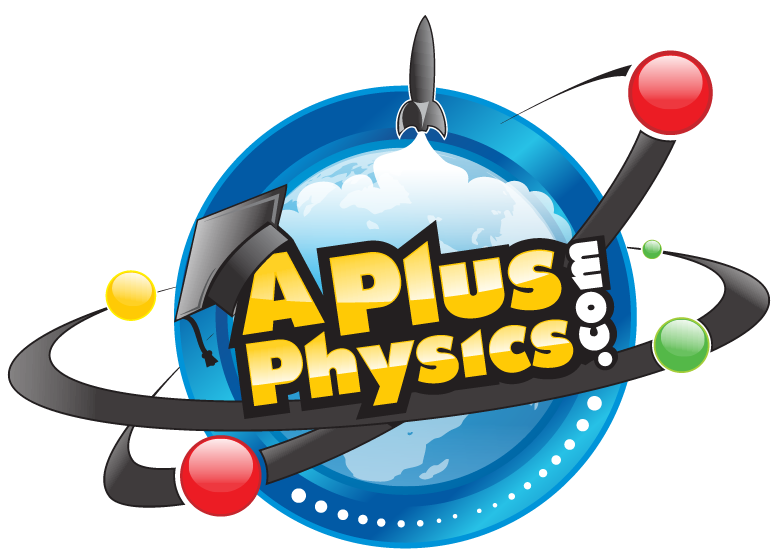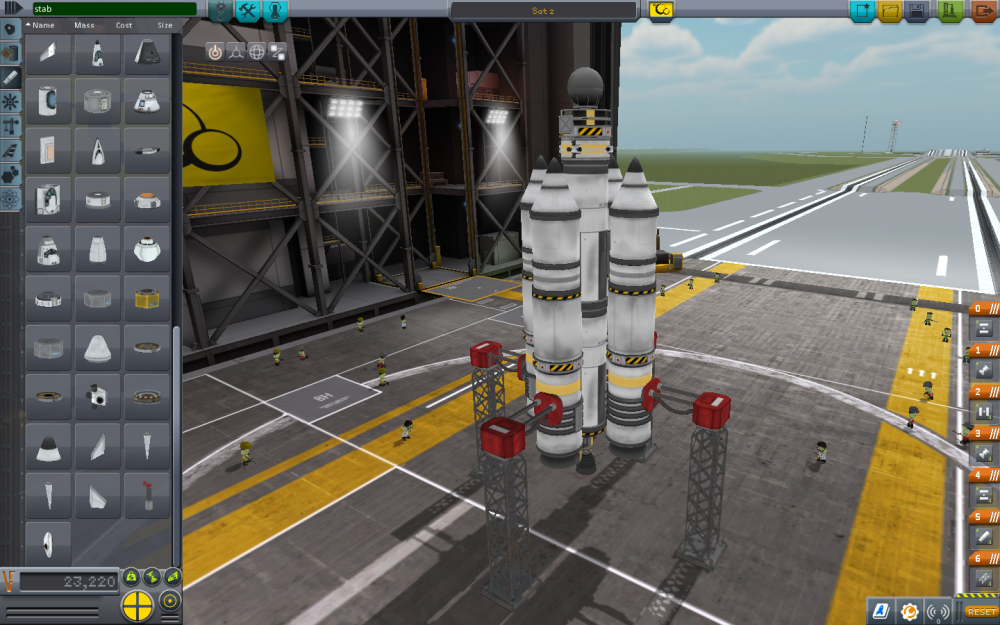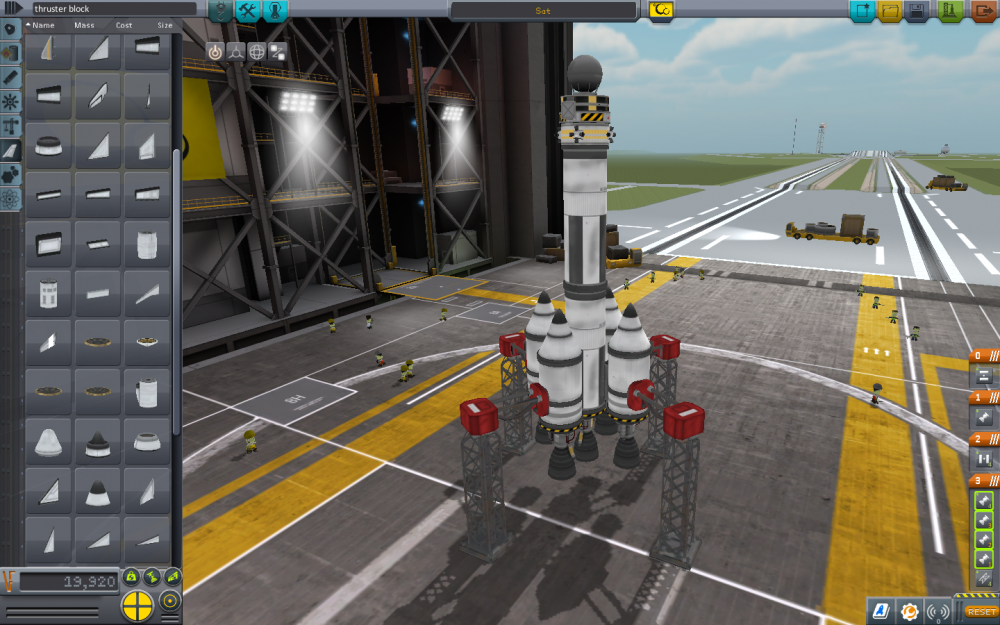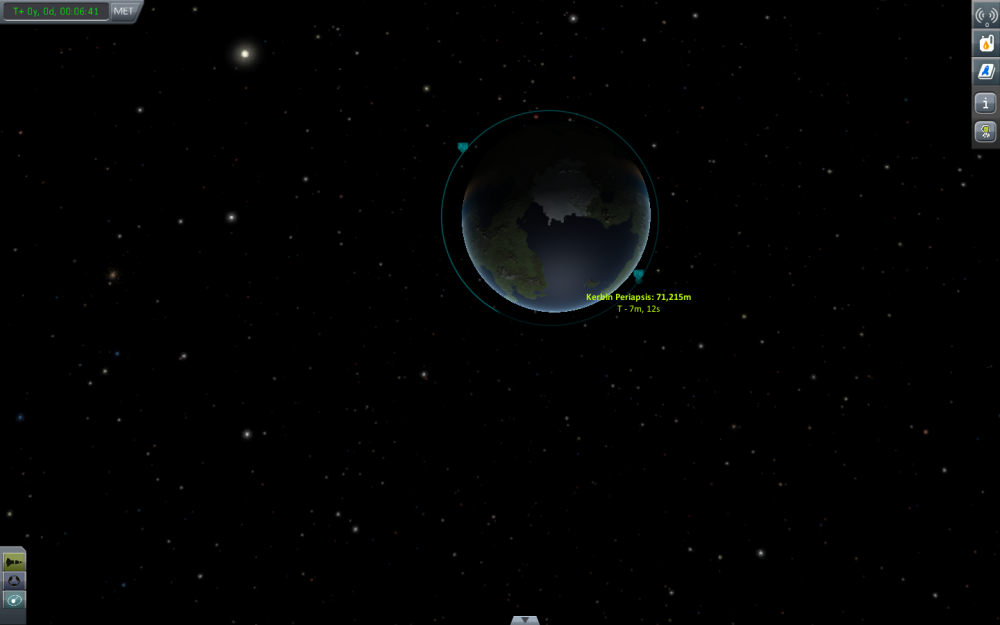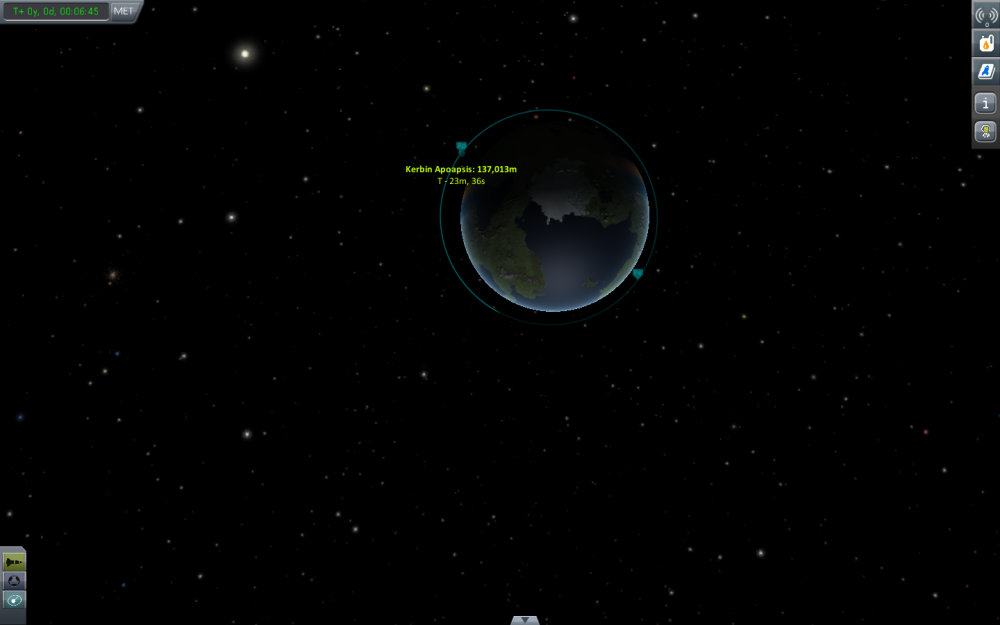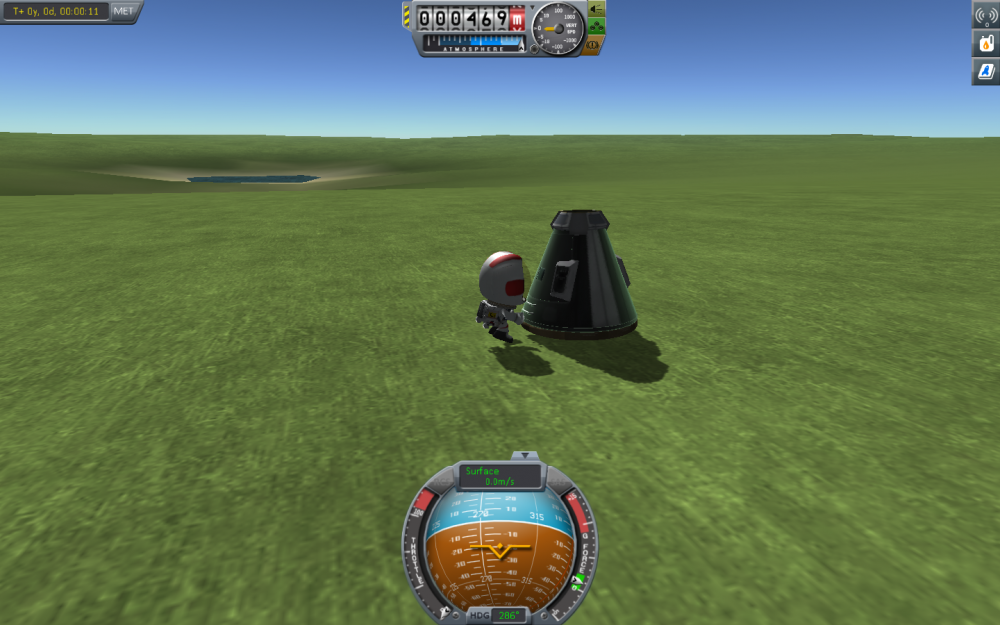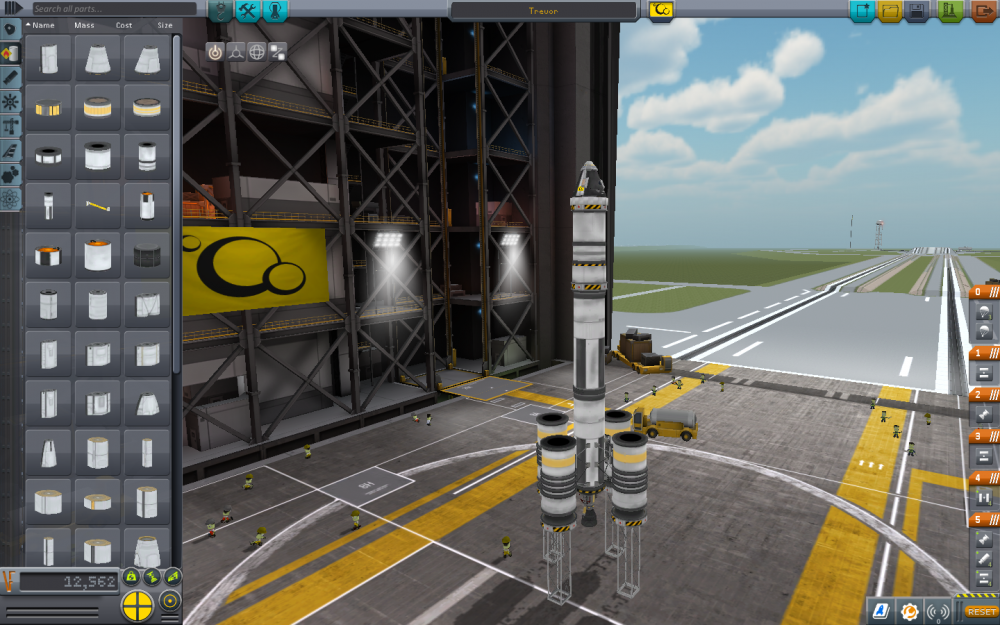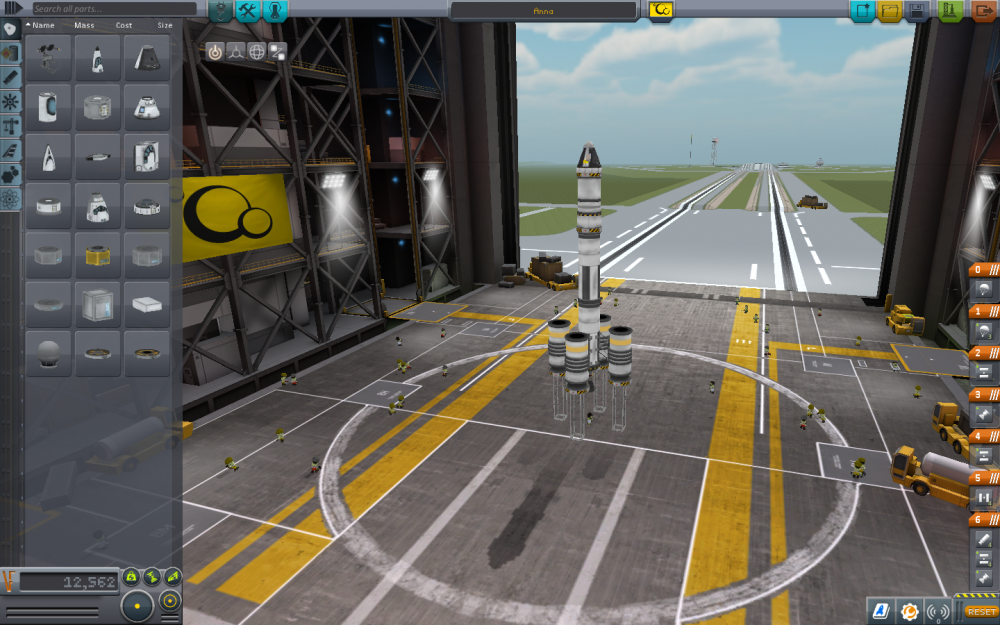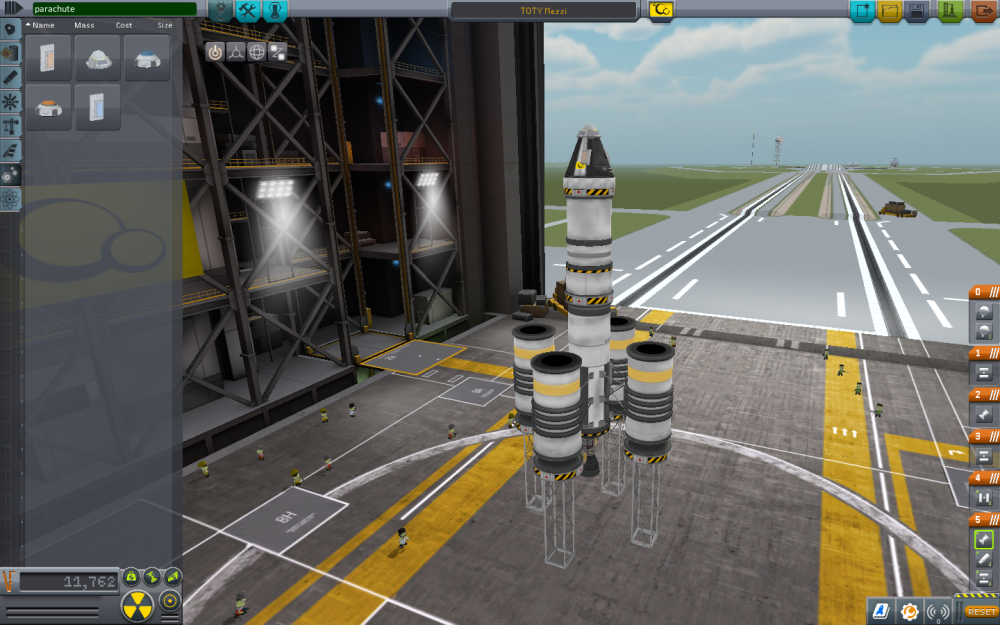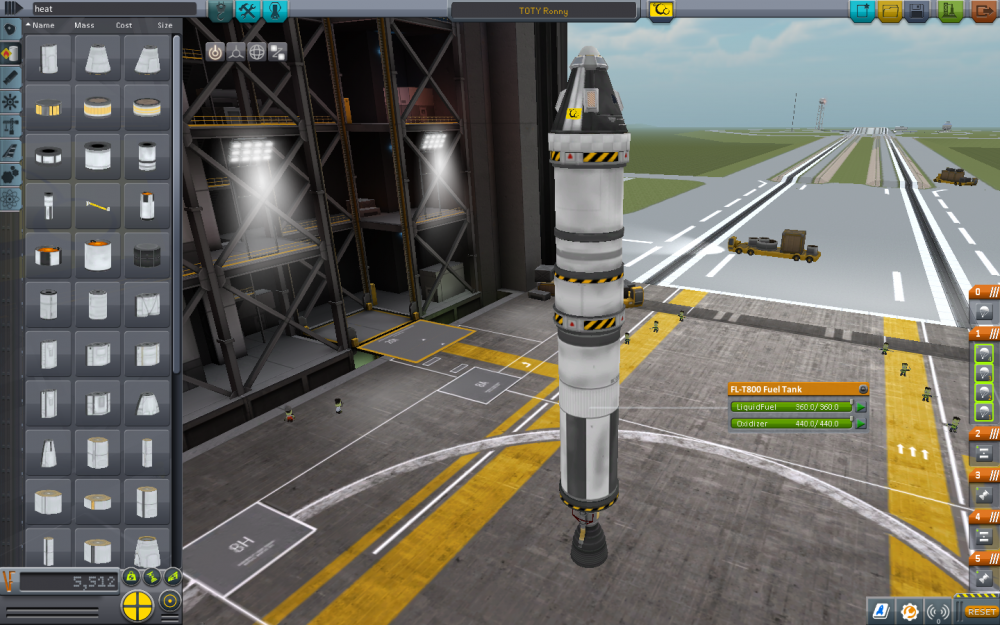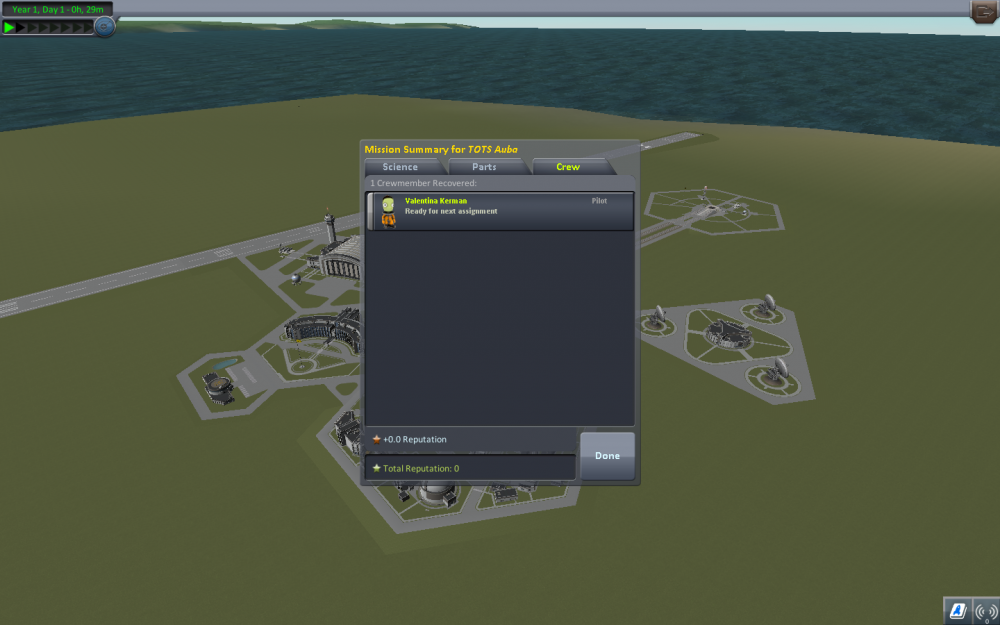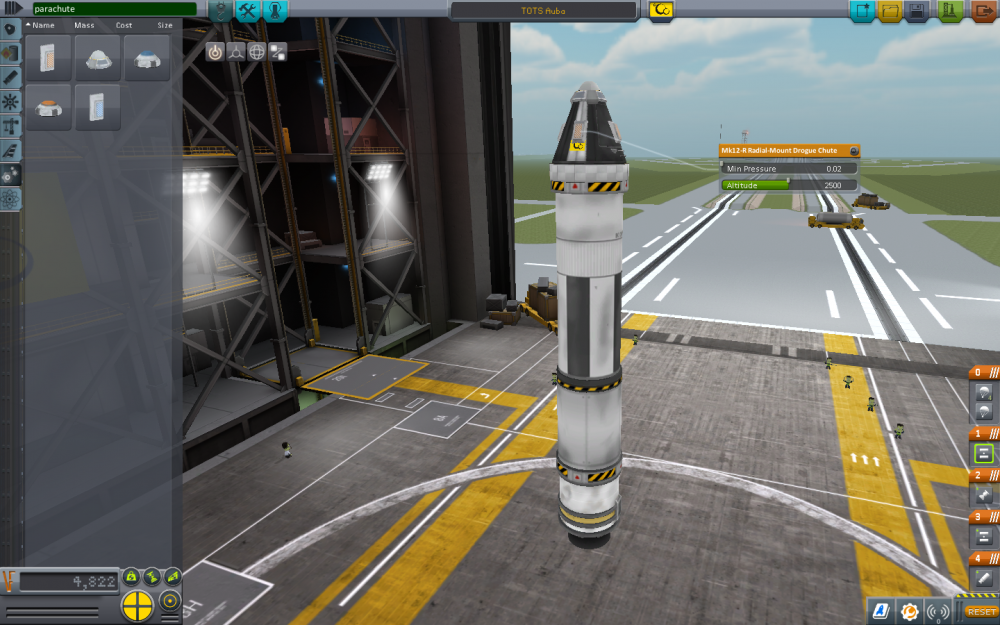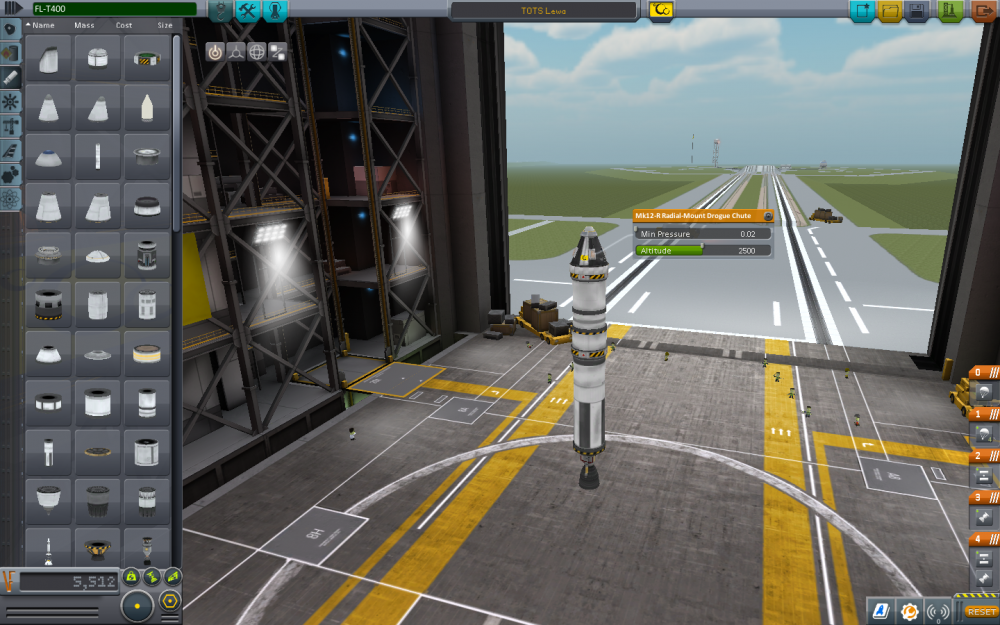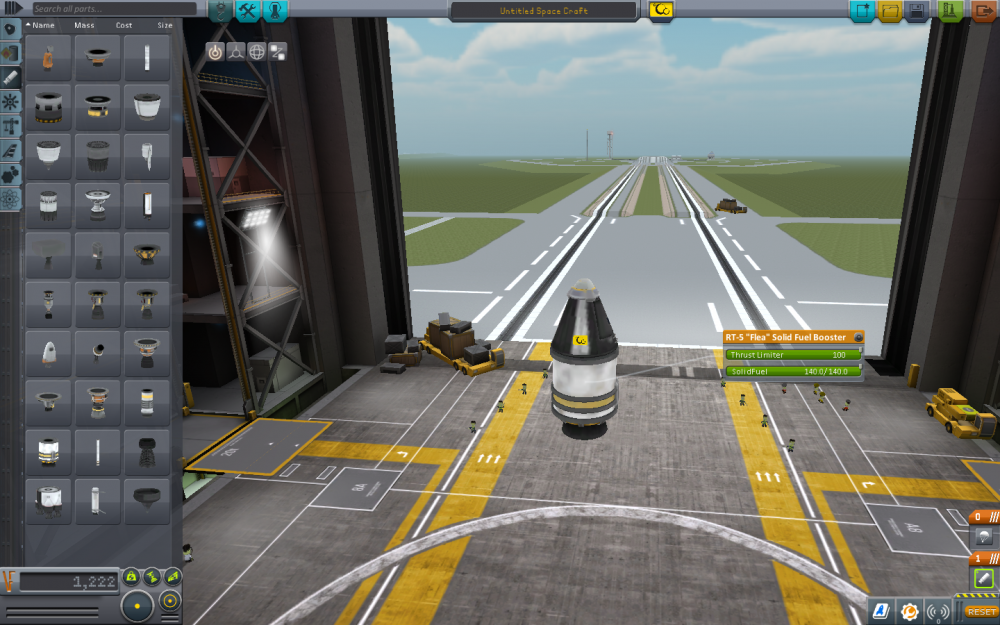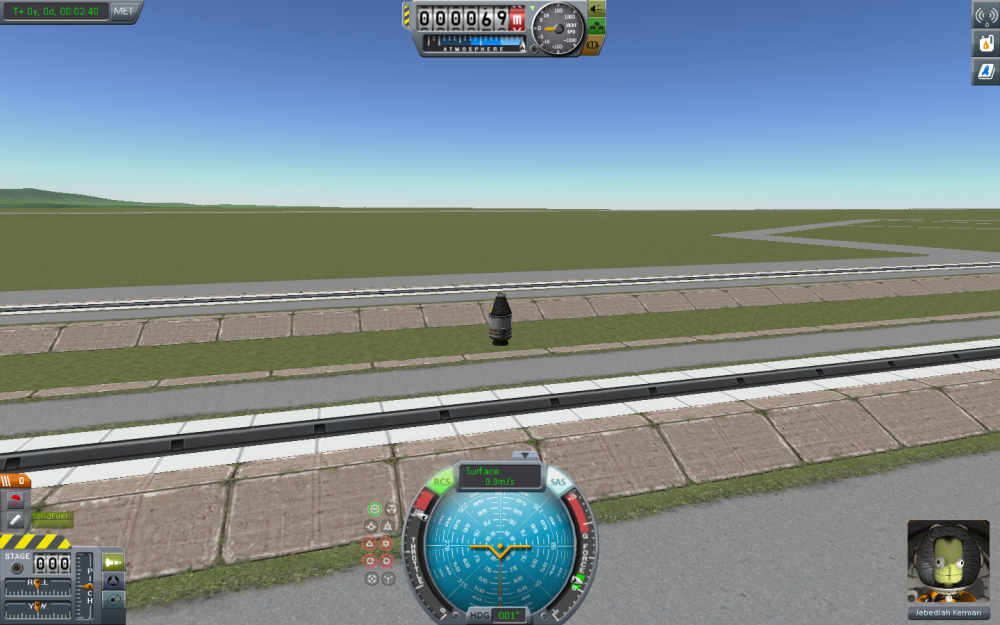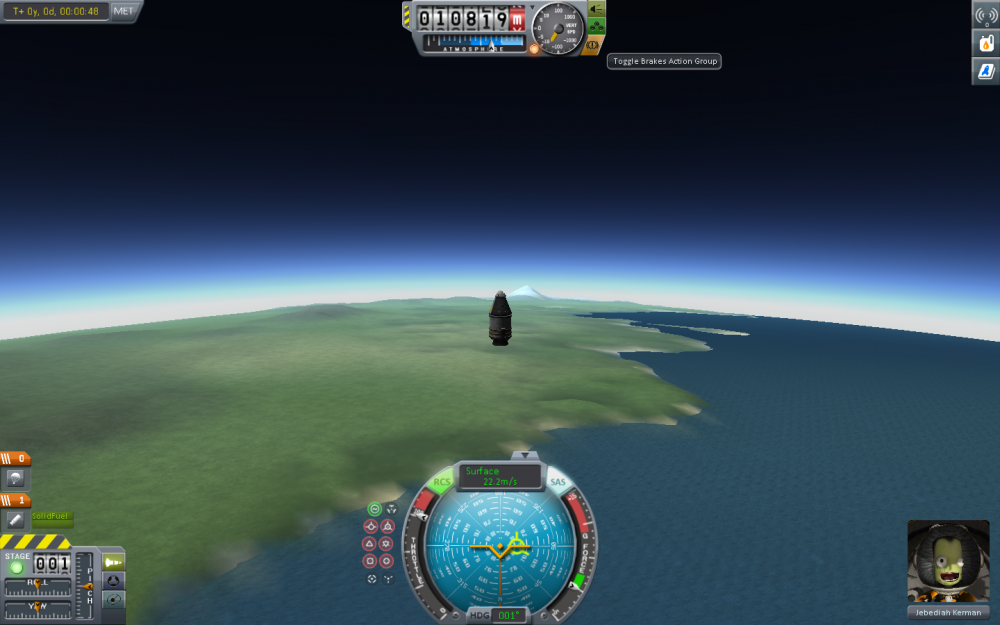
ncharles
Members-
Posts
47 -
Joined
-
Last visited
Recent Profile Visitors
ncharles's Achievements
Newbie (1/14)
0
Reputation
-
Team Name: Channarney Available Funds: $59,340 Vehicle Name: Orbit Vehicle Parts List and Cost: $23,070 Payload stage 1x Stayputnik Mk. 1 1x Z-1k Rechargable Battery Bank Second stage 1x TR-18A Stack Decoupler 1x FL-R25 RCS Fuel Tank 4x RV-105 RCS Thruster Block (symmetric radial-mounted) 1x FL-T800 Fuel Tank 1x LV-T30 Liquid Fuel Engine First stage 4x TT-38K Radial Decoupler 4x FL-T400 Fuel Tank 4x Aerodynamic Nose Cone 4x LV-T30 Liquid Fuel Engine 4x Launch Stabilizers RC-001S Remote Guidance Unit Design Goals: The rocket has enough fuel to launch itself into orbit (70km). Once we are able to establish orbit, we will decouple and put the satellite in a stable orbit around Kerbin. Launch Goal: The vehicle is designed to orbit Kerbin and the put a satellite in a stable orbit. Pilot Plan: Launch with boosters and first engine, shed boosters when the run out. Begin turning at 10km and follow the marker on the position ball. One the apoapse is at 80km cut the engine and create node to circularize the orbit. Burn the engine when it says to and orbit is achieved. Then, decouple and allow the satellite to orbit freely.
-
Launch Time: 10:50 Team Members Present: Anna, Nate, Trevor Play-by-Play: Everything went smoothly until we attempted to turn into orbit and when we tried the rocket wouldn't turn so the flight failed. Photographs: none Time-of-Flight: 5:00 Summary: our goal of a satellite was not achieved. Opportunities / Learnings: We need to rethink our original design because the rocket has turned twice in the past two flights, causing them to fail. Strategies / Project Timeline: We are going to reattempt the satellite launch. Milestone Awards Presented: none Available Funds: 80,706-21,420= $59,340
-
Launch Time: 10:40 Team Members Present: Anna, Nate, Trevor Play-by-Play: Everything went smoothly until we attempted to turn into orbit and when we tried the rocket wouldn't turn so the flight failed Photographs: none Time-of-Flight: 10:12 Summary: our goal of a satellite was not achieved Opportunities / Learnings: We now know what engine to use to get into orbit Strategies / Project Timeline: We are ready get a satellite into orbit Milestone Awards Presented: none Available Funds:98,908-18,102=80,706 Team Name: Channarney Available Funds: $80,806 Vehicle Name: Sat 2 Vehicle Parts List and Cost: $21,420 Payload stage 1x Stayputnik Mk. 1 1x Z-1k Rechargable Battery Bank Second stage 1x TR-18A Stack Decoupler 1x FL-R25 RCS Fuel Tank 4x RV-105 RCS Thruster Block (symmetric radial-mounted) 1x FL-T800 Fuel Tank 1x LV-T45 Liquid Fuel Engine First stage 4x TT-38K Radial Decoupler 4x FL-T400 Fuel Tank 4x Aerodynamic Nose Cone 4x LV-T30 Liquid Fuel Engine 4x Launch Stabilizers Design Goals: The rocket has enough fuel to launch itself into orbit (70km). Once we are able to establish orbit, we will decouple and put the satellite in a stable orbit around Kerbin. Launch Goal: The vehicle is designed to orbit Kerbin and the put a satellite in a stable orbit. Pilot Plan: Launch with boosters and first engine, shed boosters when the run out. Begin turning at 10km and follow the marker on the position ball. One the apoapse is at 80km cut the engine and create node to circularize the orbit. Burn the engine when it says to and orbit is achieved. Then, decouple and allow the satellite to orbit freely.
-
Team Name: Channarney Available Funds: $98,908 Vehicle Name: Sat Vehicle Parts List and Cost: $18,102 Payload stage 1x Stayputnik Mk. 1 1x Z-1k Rechargable Battery Bank Second stage 1x TR-18A Stack Decoupler 1x FL-R25 RCS Fuel Tank 4x RV-105 RCS Thruster Block (symmetric radial-mounted) 1x FL-T800 Fuel Tank 1x LV-T30 Liquid Fuel Engine First stage 4x TT-38K Radial Decoupler 4x FL-T400 Fuel Tank 4x Aerodynamic Nose Cone 4x LV-T30 Liquid Fuel Engine 4x Launch Stabilizers Design Goals: The rocket has enough fuel to launch itself into orbit (70km). Once we are able to establish orbit, we will decouple and put the satellite in a stable orbit around Kerbin. Launch Goal: The vehicle is designed to orbit Kerbin and the put a satellite in a stable orbit. Pilot Plan: Launch with boosters and first engine, shed boosters when the run out. Begin turning at 10km and follow the marker on the position ball. One the apoapse is at 80km cut the engine and create node to circularize the orbit. Burn the engine when it says to and orbit is achieved. Then, decouple and allow the satellite to orbit freely.
-
Launch Time: 10:40 Team Members Present: Anna, Nate, Trevor Play-by-Play: Boosters cut out at 5km and were then shed. The throttle was put to the maximum as the trajectory of the flight was tilted for orbit. Main engine was cut when the apoapsis was at 90km. A 71km by 130km orbit was achieved with enough fuel to return safely. The decent went very smoothly as we deploy the initial parachutes at 420 m/s and the main chute at 220 m/s and landed successfully. Photographs: attached Time-of-Flight: 22:37 Summary: our goal of orbit and return was achieved and we are now ready to shoot for the moon! Opportunities / Learnings: We now know the amount of fuel we need to get into orbit and return home. Strategies / Project Timeline: We are ready to land on the moon Milestone Awards Presented: Stable manned orbit ($50,000) Available Funds: $48,908 + 50,000 = $98,908
-
Team Name: Channarney Available Funds: $61,470 Vehicle Name: Trevor Vehicle Parts List and Cost: Command Pod Mk1, mk16 Parachute, Heat Shield, TR-18A Stack Decoupler, FL-T800 Fuel Tank, FL-T400 Fuel Tank, LV-T45 Liquid Fuel Engine, LV-909 Liquid Fuel Engine, Mk12-R Radial-Mount Drogue Chute, RT-10 Solid Fuel Booster, Modular Girder Segment XL Total Cost: $12,562 Design Goals: The rocket has enough fuel to launch itself into orbit (70km). It will still have enough fuel to get out of orbit and return to Kerbin. Then, the heat shield is necessary in order to prevent burn up upon reentry. The Mk12 chute slows the rocket down to an optimal speed for the mk16 chute to deploy without burning up. Launch Goal: The vehicle is designed to orbit Kerbin and return safely. Pilot Plan: Launch with boosters and first engine, shed boosters when the run out. Begin turning at 10km and follow the marker on the position ball. One the apoapse is at 80km cut the engine and create node to circularize the orbit. Burn the engine when it says to and orbit is achieved. To get back, burn retrograde (backwards) until the periapses is less than 35km. Fall into the atmosphere and deploy the chutes when necessary. Team Name: Channarney Available Funds: $48,908 Vehicle Name: Anna Vehicle Parts List and Cost: Command Pod Mk1, mk16 Parachute, Heat Shield, TR-18A Stack Decoupler, FL-T800 Fuel Tank, FL-T400 Fuel Tank, LV-T45 Liquid Fuel Engine, LV-909 Liquid Fuel Engine, Mk12-R Radial-Mount Drogue Chute, RT-10 Solid Fuel Booster, Modular Girder Segment XL Total Cost: $12,562 Design Goals: The rocket has enough fuel to launch itself into orbit (70km). It will still have enough fuel to get out of orbit and return to Kerbin. Then, the heat shield is necessary in order to prevent burn up upon reentry. The Mk12 chute slows the rocket down to an optimal speed for the mk16 chute to deploy without burning up. Launch Goal: The vehicle is designed to orbit Kerbin and return safely. Pilot Plan: Launch with boosters and first engine, shed boosters when the run out. Begin turning at 10km and follow the marker on the position ball. One the apoapse is at 80km cut the engine and create node to circularize the orbit. Burn the engine when it says to and orbit is achieved. To get back, burn retrograde (backwards) until the periapses is less than 35km. Fall into the atmosphere and deploy the chutes when necessary.
-
Team Name: Channarney Available Funds: $73,232 Vehicle Name: TOTY Messi Vehicle Parts List and Cost: Command Pod Mk1, mk16 Parachute, Heat Shield, TR-18A Stack Decoupler, FL-T800 Fuel Tank, FL-T400 Fuel Tank, LV-T45 Liquid Fuel Engine, LV-909 Liquid Fuel Engine, Mk12-R Radial-Mount Drogue Chute, RT-10 Solid Fuel Booster, Modular Girder Segment XL Total Cost: 11,762 Design Goals: The rocket has enough fuel to launch itself into orbit (70km). It will still have enough fuel to get out of orbit and return to Kerbin. Then, the heat shield is necessary in order to prevent burn up upon reentry. The Mk12 chute slows the rocket down to an optimal speed for the mk16 chute to deploy without burning up. Launch Goal: The vehicle is designed to orbit Kerbin and return safely. Pilot Plan: Launch with boosters and first engine, shed boosters when the run out. Begin turning at 10km and follow the marker on the position ball. One the apoapse is at 80km cut the engine and create node to circularize the orbit. Burn the engine when it says to and orbit is achieved. To get back, burn retrograde (backwards) until the periapses is less than 35km. Fall into the atmosphere and deploy the chutes when necessary.
-
Launch Time: 10:40 Team Members Present: Anna, Nate, Trevor Play-by-Play: The throttle was put to the maximum at launch. The engine cut out at 3km then switched to the next engine to get into orbit. However we did not have enough fuel to get into orbit and we fell back to earth. We landed safely, deploying the chutes when necessary. Photographs: none Time-of-Flight: 16:12 Summary: If we had more fuel, we would have made orbit but we didn't. Opportunities / Learnings: We now know the amount of fuel we need to get into orbit and return home. Strategies / Project Timeline: We are ready to get into orbit. Milestone Awards Presented:None. Available Funds: $73,232
-
Team Name: Channarney Available Funds: $78,094 Vehicle Name: TOTY Ronny Vehicle Parts List and Cost: Command Pod Mk1, mk16 Parachute, Heat Shield, TR-18A Stack Decoupler, FL-T800 Fuel Tank, FL-T400 Fuel Tank, LV-T30 Liquid Fuel Engine, LV-909 Liquid Fuel Engine, Mk12-R Radial-Mount Drogue Chute Total Cost: $4,862. Design Goals: The rocket has enough fuel to launch itself into orbit (70km). It will still have enough fuel to get out of orbit and return to Kerbin. Then, the heat shield is necessary in order to prevent burn up upon reentry. The Mk12 chute slows the rocket down to an optimal speed for the mk16 chute to deploy without burning up. Launch Goal: The vehicle is designed to orbit Kerbin and return safely. Pilot Plan: Launch reach 300 m/s and attain that speed until 10km then return to full throttle. Begin turning east at 10km and gradually reach a 45 degree turn by 50km. First engine should be detached by 20km. Immediately fire the second engine. Once the highest point is at 70km, keep that point about 30 seconds away until the orbit is circular around Kerbin. Then cut the engine. To re enter, turn the rocket and fire in the opposite direction to begin decent. Deploy mk12 chutes at 420m/s and the mk16 chute at 220 m/s for safe landing.
-
Launch Time: 10:55 Team Members Present: Anna, Nate, Trevor Play-by-Play: The throttle was put to the maximum at launch. The booster cut out at 500m and then the second engine was fired. The second engine was cut at 21km . The rocket reached 74,000 meters but on descent, the parachutes successfully deployed on entry into the atmosphere and we landed safely Photographs: See attachements Time-of-Flight: 6:23 Summary: We surpassed 50,00 meters and accidently kept going to 73,000 m. Then on reentry the parachutes deployed and we landed successfully. Opportunities / Learnings: We learned how to use multiple engines in different steps during the mission. We learned from our mistakes in our previous launch and deployed our parachutes at a more optimal time. Strategies / Project Timeline: We are ready to continue flying higher. Milestone Awards Presented: 50 manned km reached. Available Funds: $48,094. The max height screenshot was deleted on accident.
-
Launch Time: 10:50 Team Members Present: Anna, Nate, Trevor Play-by-Play: The throttle was put to the maximum at launch. The first engine cut out at 18 km and then the second engine was fired. The second engine was cut at 32,000 meters. The rocket reached 67,000 meters but on descent, the parachutes burned up and Jebediah died :(. Photographs: See attachements Time-of-Flight: 5:13 Summary: Although we surpassed 50,00 meters, reaching almost 70,000 m, our reentry was way too fast, so we were not able to deploy our parachutes in time, causing a huge explosion that unfortunately killed Jebediah. We are extremely saddened by the loss of our kerbal and we hope that this unfortunate incident does not dampen our mission to bring people to space. Opportunities / Learnings: We learned how to use multiple engines in different steps during the mission. We also learned that we had way too much fuel in the rocket, which caused us to go way to high and to unfortunately crash our ship. Finally, we learned that upon reentering the atmosphere, the ship begins to decelerate. Strategies / Project Timeline: We are ready to reattempt launch by using the information we learned from this failure. Milestone Awards Presented: None Available Funds: $58,778 (before the costs and penalty). $52,916. Team Name: Channarney Available Funds: $52,916 Vehicle Name: TOTS Auba Vehicle Parts List and Cost: Command Pod Mk1, mk16 Parachute, Heat Shield, TR-18A Stack Decoupler, FL-T800 Fuel Tank, LV-T30 Liquid Fuel Engine, Mk12-R Radial-Mount Drogue Chute, RT-5 Solid Fuel Booster . Total Cost: $4,822. Design Goals: The rocket has enough fuel to launch itself to 50,000 m. Then, the heat shield is necessary in order to prevent burn up upon reentry. The Mk12 chute slows the rocket down to an optimal speed for the mk16 chute to deploy without burning up. Launch Goal: The vehicle is designed to reach an altitude of 50,000 meters and return safely to the ground. Pilot Plan: To launch: Full throttle. When the booster runs out of fuel, detach it. Then fire the next engine. Cut the engine at 30,000m. Then, on descent, deploy the Mk12 at 420 m/s after is has entered the atmosphere and deploy the Mk16 chute when the rocket has reached a downfall speed of 260 m/s.
-
Team Name: Channarney Available Funds: $58,778 Vehicle Name: TOTS Lewa Vehicle Parts List and Cost: Command Pod Mk1, mk16 Parachute, Heat Shield, TR-18A Stack Decoupler, FL-T400 Fuel Tank, LV-909 Liquid Fuel Engine, FL-T800 Fuel Tank, LV-T30 Liquid Fuel Engine, Mk12-R Radial-Mount Drogue Chute. Total Cost: $4,862. Design Goals: The rocket has enough fuel to launch itself to 50,000 m. Then, the heat shield is necessary in order to prevent burn up upon reentry. The Mk12 chute slows the rocket down to an optimal speed for the mk16 chute to deploy without burning up. Launch Goal: The vehicle is designed to reach an altitude of 50,000 meters and return safely to the ground. Pilot Plan: To launch: Full throttle. When the first liquid fuel engine runs out of fuel, detach it. Then fire the next engine. Cut the engine at 40,000 m. Then, on descent, deploy the Mk12 at 420 m/s and deploy the Mk16 chute when the rocket has reached a downfall speed of 260 m/s.
-
Team Name: Channarney Available Funds: $30,000 Vehicle Name: Naters FC Vehicle Parts List and Cost: MK1 Command Pod ($600), MK16 Parachute ($422), RT-5 Solid Fuel Booster ($200) Design Goals: The booster is used to help the rocket reach 10,000 meters. The parachute then serves as the drag force to slow the return to the grounf. Launch Goal: The vehicle is designed to reach an altitude of 10,000 meters and return safely to the ground. Pilot Plan: To launch: Full throttle. Parachute deployed at 4,000 m descent. Illustrations: Launch Time: 10:49 Team Members Present: Anna, Nate, Trevor Play-by-Play: The throttle was put to the maximum at launch. The throttle cut out at 5500 m and the rocket made it to 10800 m. Parachute deployed 3800 m and landed safely. Photographs: See attachements Time-of-Flight: 3:50 Summary: As a result of the launch, we reached 10,000 m with a single booster engine and we returned the kerbel safely back to the ground. As a result of our success, we are ready to launch to higher heights. We are proud to have this successful mission so that we can bring reality to space and persevere in our goals. We hope that people will continue following our journey and support us. Opportunities / Learnings: Basic building of rocket and launching techniques. Also, we saw that the booster can cut out and the rocket can still go higher after. Strategies / Project Timeline: We are ready to go higher and attempt to achieve orbit. Milestone Awards Presented: Launched to 10km (10,000) and manned launch to 10km ($20,000) Available Funds: $28,778 (before the added award). $58,778 after awards.
-
If you have ever went to see a concert, play, musical or any other performance on a stage, it is very likely that there were curtains involved. Tonight, i was partly responsible for the curtains at the IHS Talent show. The contraption that allows the curtains to move across the stage is a simple pulley system using two pulleys and a rope in-between. When the rope is pulled in one direction, it creates a torque on the pulley and causes it to spin. This spinning either opens or closes the curtain (depending the direction pulled). This contraption is also very common with close-able curtains in your home. And this is a very simple example but i realized thats some of the most simple things help the most!
-
Similar to tubing, another aquatic sport that i love to participate in is waterskiing. Something about gliding across the water gives me a sense of freedom that nothing else really does. Water skiing is a great example of physics too. Firstly are the turns. When a water skier decides to turn, they must angle their skis in such a way that makes them go where they want. Two main factors effect the turn: the angle and the force. The more of and angle the skier tilts the skis at the bigger and sharper the turn will be. However, skiers usually take long circular turns which require a much smaller angle. The "force" exerted by the person into the turn makes the turn faster or slower. When the skier finishes their turn, they will next jump across the wake...a perfect example of projectile motion. The skier comes to the wake with a starting velocity that they must perfect: if too fast, they will over shoot the other side of the wake and if too slow they wont make it at all. Also, the make form a "ramp" of water at an angle to the surface of the water which the skier must also analyze to see how fast to go.
Terms of Use
The pages of APlusPhysics.com, Physics in Action podcasts, and other online media at this site are made available as a service to physics students, instructors, and others. Their use is encouraged and is free of charge. Teachers who wish to use materials either in a classroom demonstration format or as part of an interactive activity/lesson are granted permission (and encouraged) to do so. Linking to information on this site is allowed and encouraged, but content from APlusPhysics may not be made available elsewhere on the Internet without the author's written permission.
Copyright Notice
APlusPhysics.com, Silly Beagle Productions and Physics In Action materials are copyright protected and the author restricts their use to online usage through a live internet connection. Any downloading of files to other storage devices (hard drives, web servers, school servers, CDs, etc.) with the exception of Physics In Action podcast episodes is prohibited. The use of images, text and animations in other projects (including non-profit endeavors) is also prohibited. Requests for permission to use such material on other projects may be submitted in writing to info@aplusphysics.com. Licensing of the content of APlusPhysics.com for other uses may be considered in the future.
